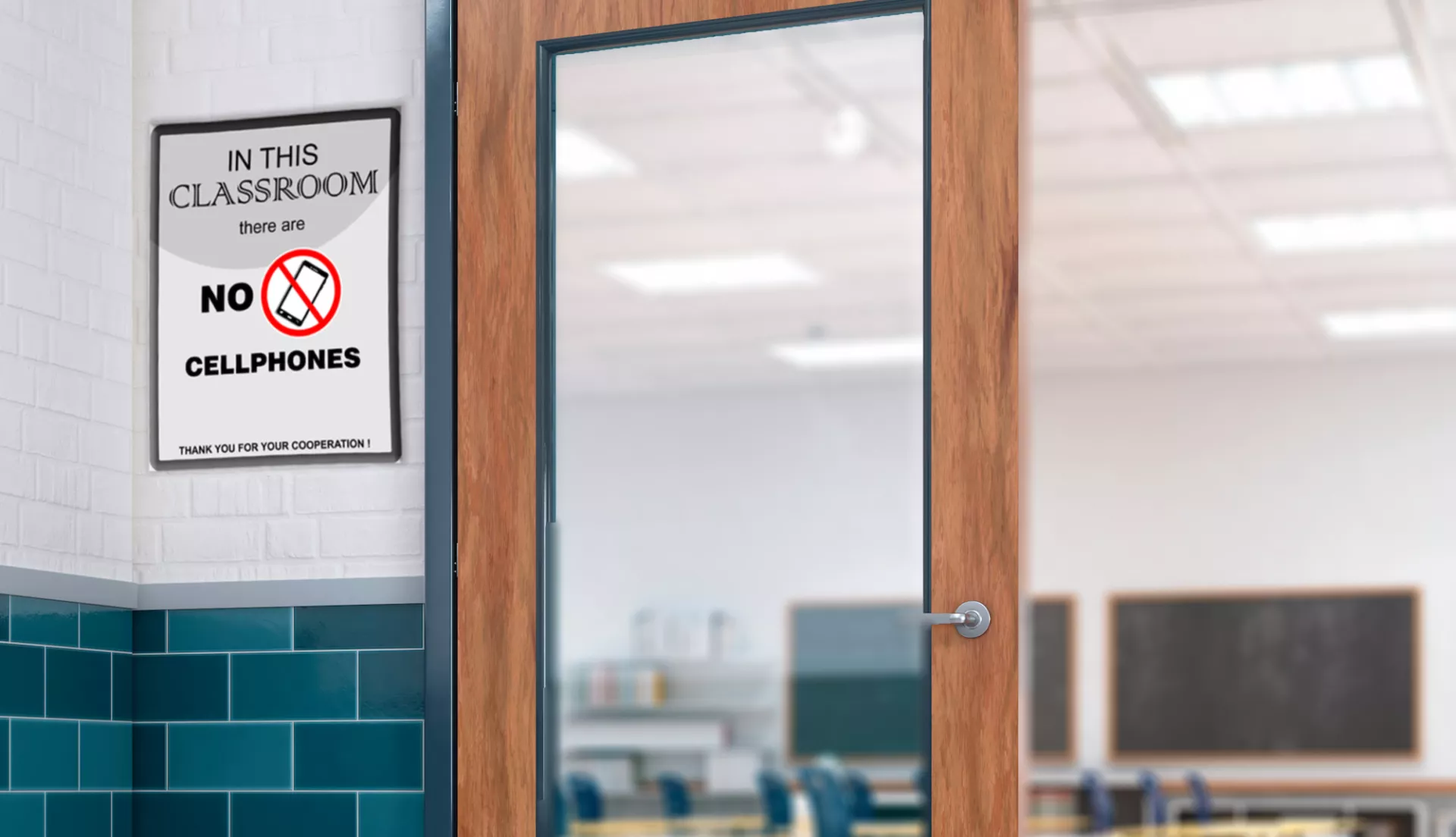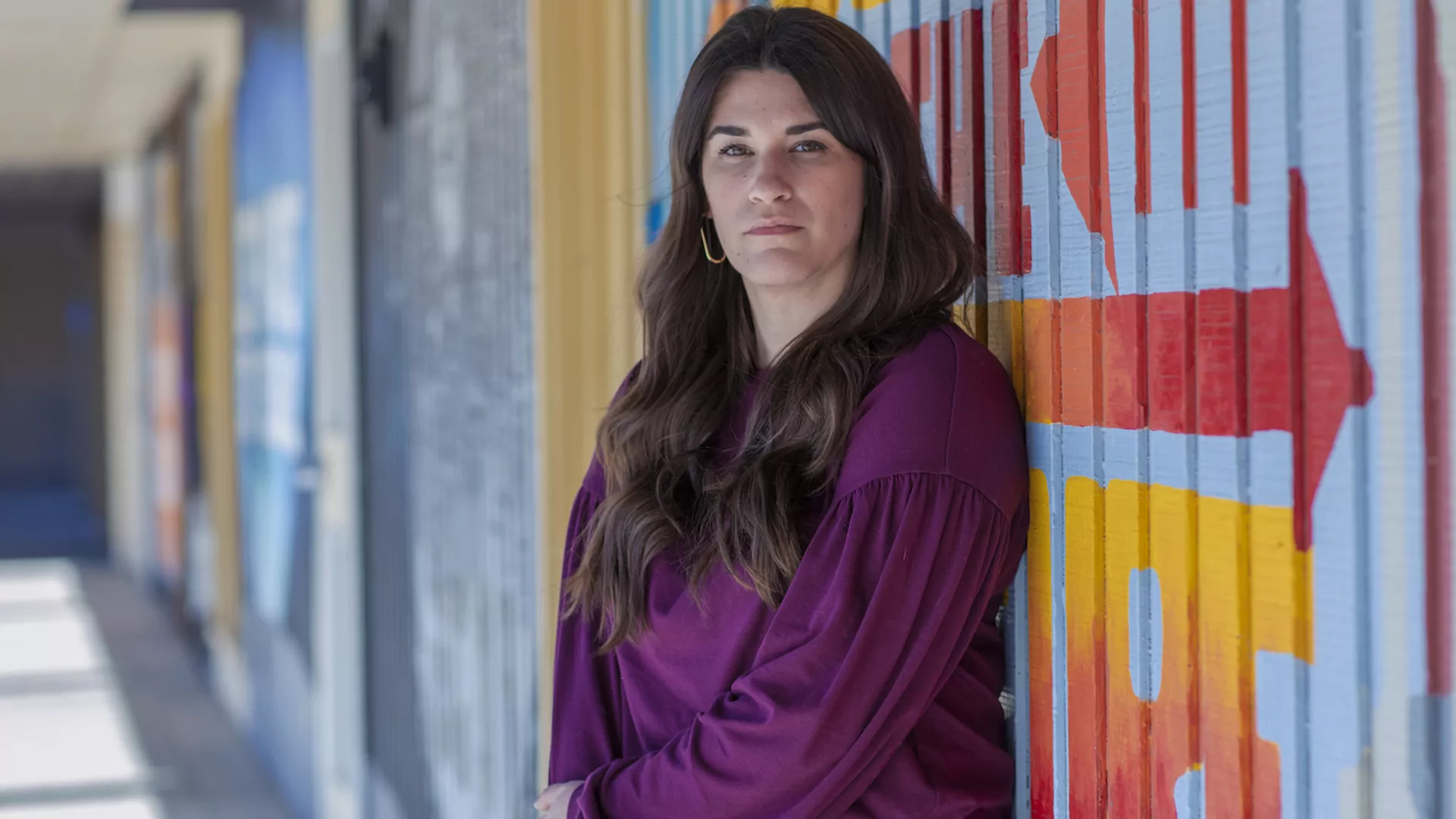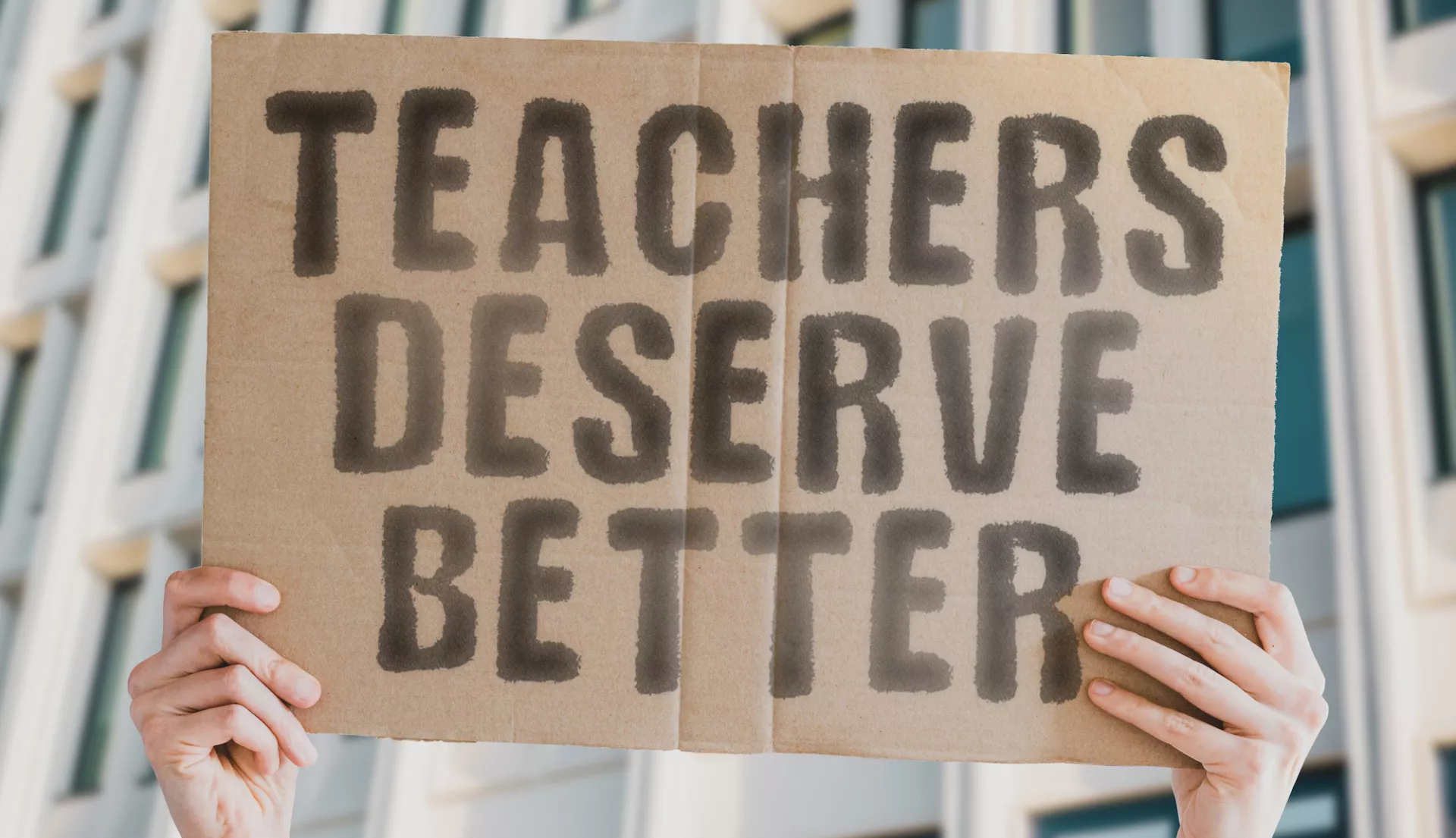Key Takeaways
- The Pew Research Center recently asked 2,500 teachers for their views and experiences on a wide range of issues.
- Respondents said that poverty, chronic absenteeism, and anxiety and depression are the most serious problems affecting their schools.
- Teachers also reported they do not have enough time to perform their jobs properly and it's difficult to achieve work-life balance.
It is no secret that teaching is a particularly challenging—and underpaid—occupation. But most people do not really grasp what it is like to be a public school teacher today. No one can— unless they spend a lot of time in a classroom in the shoes of a teacher.
The Pew Research Center recently surveyed 2,531 U.S. public school K-12 teachers to better understand their views and experiences. The participants are members of the RAND Corporation’s American Teacher Panel, a nationally representative panel of public school K-12 teachers.
Released in April, the Pew Survey found that 77 percent of teachers said their job was frequently stressful and 68 percent said it was overwhelming. Similarly large numbers pointed to the lasting negative impact of the pandemic on student academic achievement, as well as student behavior and emotional well-being. Overall, only 48 percent of teachers said they were somewhat satisfied with their job, with just 33 percent saying they were extremely or very satisfied—significantly lower than the 51 percent for the average U.S. worker.
But what are the specific conditions and factors that make the profession so demanding? In the Pew survey, teachers shine a spotlight on some of these problems—inside and outside their classrooms—to help members of the public get a clearer picture of what educators experience every day.
Running Out of Time
Teachers should have enough time in the school day for lesson planning, collaborating with colleagues, and grading. According to the Pew survey, however, 84 percent of respondents said there is not enough time during regular work hours to perform these tasks. The reason? Their workloads are too heavy, said most of those experiencing a time crunch.
Many also reported having to spend time helping students outside the classroom (22%), performing non-teaching duties like lunch duty (24%), and covering other teachers’ classrooms (16%).
These findings echo a 2023 RAND Corporation survey (funded by the National Education Association and the American Federation of Teachers and using the same teacher panel) that found that, on average, teachers work 53 hours a week—seven more hours than the typical working adult.
“Teachers serve multiple roles other than being responsible for teaching curriculum. We are counselors, behavioral specialists, and parents for students who need us to fill those roles. We sacrifice a lot to give all of ourselves to the role as teacher.” — Elementary School Teacher, Pew Research Center Survey
Staffing shortages only exacerbate this problem. According to the Pew survey, 70 percent of teachers say their school is very or somewhat understaffed. These shortages can be found across all grade levels and schools, although they disproportionately affect teachers in high poverty schools.
Not surprisingly, more than half of teachers (54%) find it very difficult to maintain a healthy work-life balance, with 16 % saying it is “very difficult.”
(Learn how educators and their union fought and won more planning time for teachers.)
Poverty and Chronic Absenteeism
Teachers at all grade levels report that their students continue to struggle with academic underperformance and behavior problems—and again, these issues are more pervasive at high-poverty schools.
Eight in 10 teachers say they must address students’ behavioral issues at least a few times a week, with 58 percent saying this happens every day.
Poverty was cited by teachers as one of the major problems affecting their school, along with chronic absenteeism and anxiety and depression. These issues are disproportionately felt at the high school level. Sixty-nine percent of high school teachers say anxiety and depression is a major challenge; 61 percent say the same for chronic absenteeism. (Check out NEA's resources for student and educator mental health.)
Bullying is more prevalent in middle schools. Thirty-four percent of teachers at this level call bullying a major problem, compared to 21 percent of high school teachers and 13 percent of elementary school teachers.
Cellphones (and other Distractions) Are a Big Problem
According to the National Center for Education Statistics, roughly two-thirds of U.S. schools prohibit cellphones at school for non-academic use. Judging by the responses in the Pew teacher survey, however, those restrictions are not working, particularly in high schools.
According to the Pew survey, 72 percent of high school teachers report cellphones are a major distraction in the classroom (less so for middle and elementary teachers)—even when there are cellphone restrictions in place. But are they easy to enforce? Of the 7 in 10 high school teachers whose schools have some sort of cellphone restriction in place, 60 percent said the policy was difficult to enforce.
“We work extremely hard in an ever increasingly difficult situation. The number of students who come in with trauma has skyrocketed, but the resources haven’t matched the need.” — High School Teacher, Pew Research Center Survey
Although cellphone use poses less of a challenge for them, elementary and middle school teachers are more likely than their high school counterparts to have to cope with a different obstacle to classroom management: students’ tendency to get up and walk around—a problem reported by almost one-quarter of elementary and middle school teachers, compared to 16 percent of high school teachers.
According to the Pew survey, disrespect is also more prevalent in those grade levels. Twenty-three percent of elementary school teachers and 27 percent of middle school teachers say students being disrespectful toward them is a major problem, compared to only 14 percent of high school teachers.
Overall, about two-thirds of teachers report that discipline policies at their school are “mild or somewhat mild.”
The Bottom Line
When asked about what parts of their job they find most satisfying, teachers overwhelmingly chose their relationship with their fellow educators. A little more than half said they were very satisfied with their relationship with administrators.
Not surprisingly, their pay was rated least satisfying, with only 15 percent saying they are very or extremely satisfied with their salaries. (Learn more about the educator pay gap and how to build collective action for better pay)
Less than half of teachers were very satisfied with the resources provided for them to do their jobs, their relationships with parents and the available opportunities to develop their professional skills.
When asked what they would most want the public to know about the job of teaching, respondents gave a variety of answers: we need more government support; we are underpaid; we care about students; and we need more parental support. But most of all, more than half of the teachers said they wanted the public to know that teaching is a very difficult job.
“We put in far more hours than anyone could imagine,” an elementary school teacher said, in the survey. “It is not a job that you walk away from at 5 p.m. Time, money and emotional tolls come with this profession at a rate that cannot be understood unless you are in it.”






